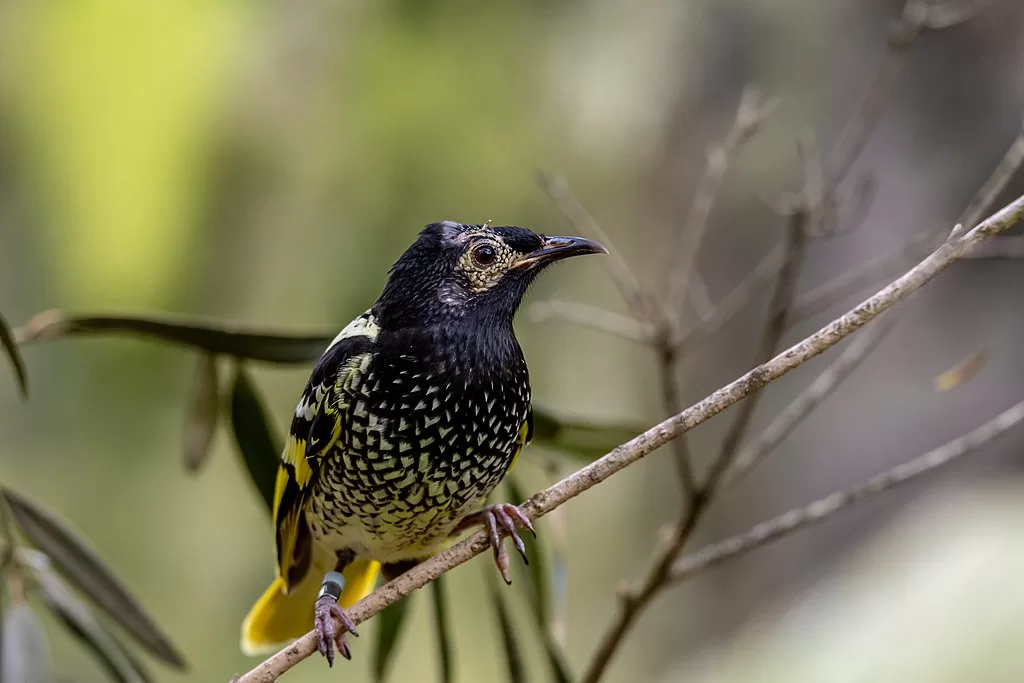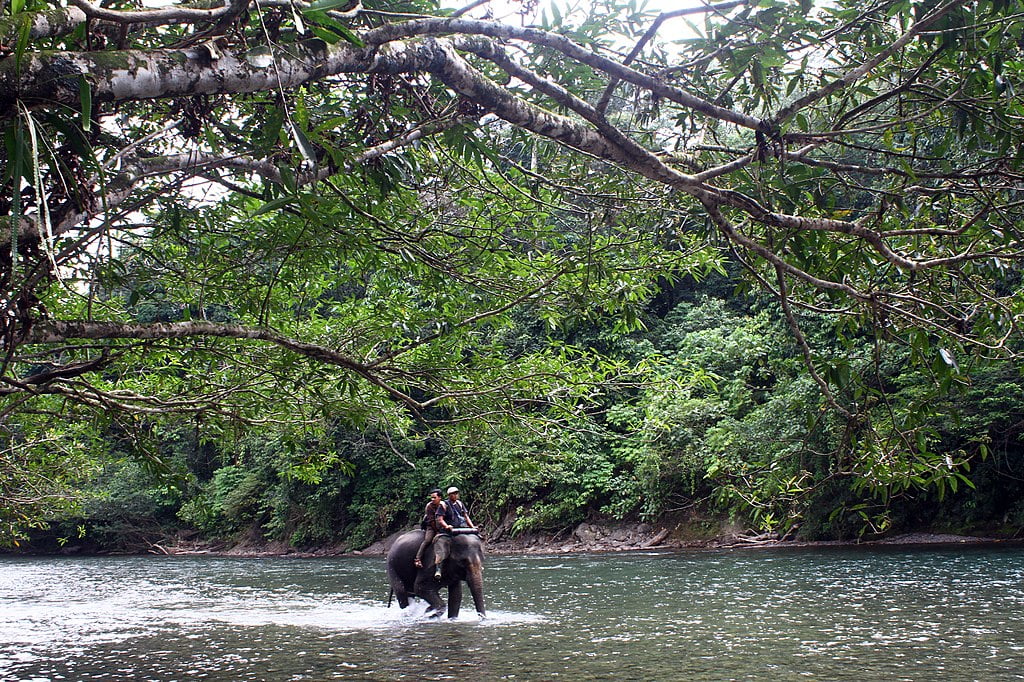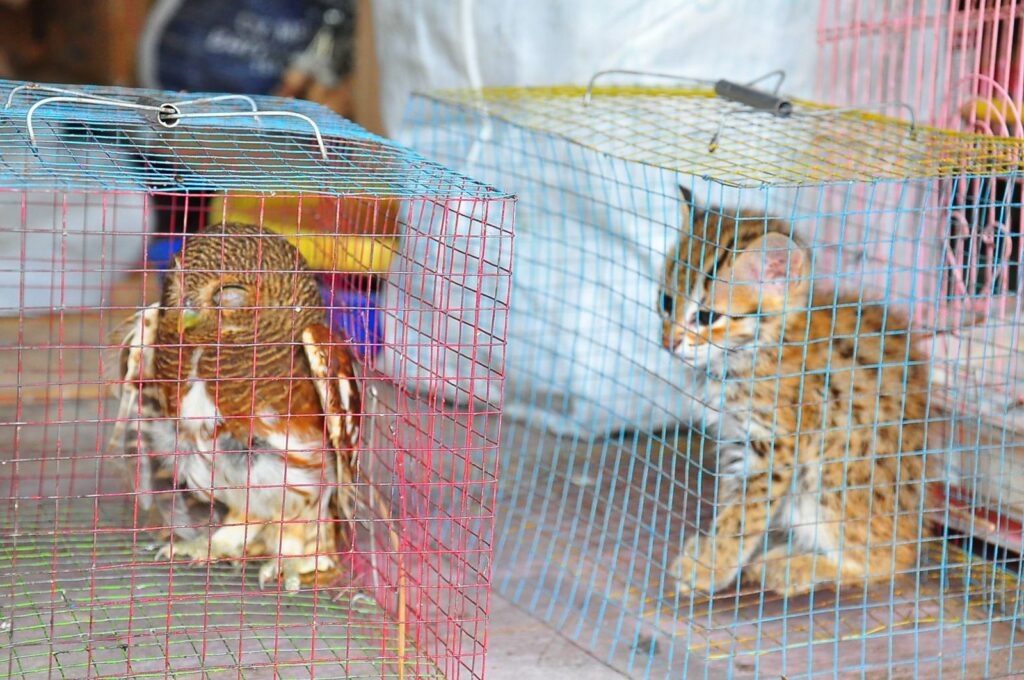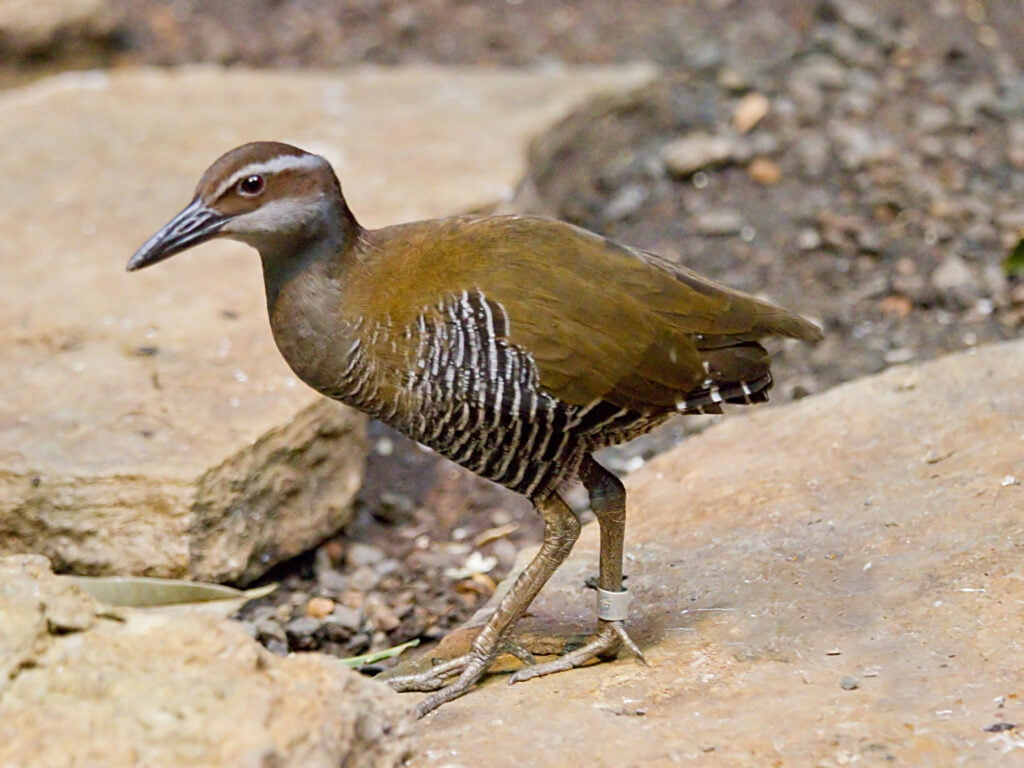India’s future prosperity is threatened by invasive species. Yet action on the problem is piecemeal or missing.
 Despite being pretty, lantana is an invasive weed in India that threatens tiger habitat : Alvesgaspar CC 3.0
Despite being pretty, lantana is an invasive weed in India that threatens tiger habitat : Alvesgaspar CC 3.0
India’s future prosperity is threatened by invasive species. Yet action on the problem is piecemeal or missing.
The Indian subcontinent has been colonised multiple times, starting with the Arabs around 1200, followed by the Mughals and the Europeans. With the colonisers came numerous plant and animal species. Some of them eventually escaped cultivation or captivity to become invasive pests. According to a global estimate, India currently has 88 alien animals and 2,082 alien plants, of which 16 animals and 266 plants have become invasive. The number of new invasive species and their impacts will increase in the coming decades due to globalisation and climate change.
As a signatory to the United Nations Convention on Biological Diversity, India has adopted the Aichi Biodiversity Targets that include identifying and prioritising invasive species, controlling or eradicating the priority species, and implementing measures to prevent their introduction and spread.
India currently has ten pieces of legislation related to invasive species. However, the existing regulations barely cover the broad spectrum of invasive species present in the country. For example, the list of plants that are prohibited, restricted, and regulated for trading in India has just 57 species, most of which are hosts of important pests or diseases of crops and forestry. Agencies like the Indian Council of Agricultural Research naturally focus on agricultural pests, but this has led to inaction on other invasive plant species. The quarantine list does not even include species recognised by other government and research agencies in the country.
A lack of consensus on the number of invasive species also persists between government agencies. For example, the National Biodiversity Authority and ENVIS Centre on Floral Diversity, both operating under the Ministry of Environment, Forest and Climate Change, have recognised 62 and 173 alien invasive plant species in India, respectively. The promotion of invasive Acacia species by the Government of Tamil Nadu for plantation programs is one of the many examples of lack of coordination between central and state agencies.
Also, there are no mechanisms to prevent the accidental introduction of alien species at sea-, land- or air-ports. Similarly, in the absence of a national policy or legislation to regulate movements of invasive species within India, nearly one-third of the recognised alien invasive plant species are actively sold by online nurseries.
Several roadblocks prevent implementation of existing policies. Lack of public awareness, consumer preference for aliens, resistance from industry, and heavy dependence on abundant aliens for income generation often make policy implementation difficult. Invasive species with productive uses are sometimes promoted by non-governmental organisations for the welfare of marginalised people. In these endeavours, over-exploitation of these species is viewed as a management measure often without any scientific evidence to support it. When the long-term effects on human livelihood, not to mention on other life forms, are eventually recognised, community dependence on these invasive species will be a further hindrance for policy implementation.
To date, the lack of a dedicated biosecurity infrastructure, overarching legal oversight, and complete or partial failure in enacting the existing policies have accelerated the unregulated introduction and spread of invasive species in India. To prevent future invasions and minimise the impact of ongoing invasions, India will need to go further.
Many countries, for example The Philippines, have a National Invasive Species Strategy and Action Plan. If India were to implement such a plan, biosecurity infrastructure dedicated to the invasive species problem would be required. This could take the form of a decentralised system that would act as a platform for scientists, policymakers, and trade regulatory bodies to make consensus decisions.
Scientific evidence coupled with understanding social perspectives towards management measures should be integral components of the decision-making processes. The system would act as a coordinated national network between different agencies working on invasive species to ensure smooth and effective information sharing across different levels of government.
As in other countries, the system could adopt a standardised risk assessment framework to categorise aliens based on their impacts, and formulate regulatory policies to prevent new introductions and manage established invasive species. It would need to accommodate changes to the species categories based on regular risk assessment exercises. It would also be essential to ensure compliance from all quarters to implement the policies effectively.
Similar to the Biological Diversity Act of 2002 and the Biological Diversity Rules of 2004, a legal framework would need to be formulated to deal with the invasive species. The legal wing of the system would be responsible for the effective implementation of the policies and hold any person or organisation accountable for unintended impacts caused by the invasive species. Engaging the public would help. A national campaign on invasive species and publishing articles in popular newspapers and magazines could be a practical start towards building public awareness. Social media, interactive web portals, and mobile applications can also play a helpful role. Citizen science initiatives related to invasive species should be encouraged and promoted widely, as they are in other countries.
The agency could also identify research gaps and encourage active participation of the scientific community in furthering research activities and policy discussion. Identifying pathways and vectors of invasive species spread, recognising factors that cause the aliens to become invasive, quantifying the impacts in monetary terms, and finding native species with similar consumer benefits could be prioritised for research and supported by necessary funding.
A trained taskforce could enforce laws and improve border security, disseminating agency activities, and creating public awareness. Training sessions for public and government agencies, like those organised by the National Institute of Plant Health Management, would work in this context. This practice will help in capacity building and strengthening the existing biosecurity infrastructure of the country.
The invasive species threat to the Indian economy and environment is real and looming large with each passing day. India has the potential to deal with it, as it is doing for many other environmental concerns. An action plan and dedicated biosecurity infrastructure would safeguard the country from ongoing and upcoming disasters by these species.
Achyut Kumar Banerjee is currently a research associate at Sun Yat-sen University, China. He has more than 12 years of research experience on invasive plant species in India and has published many peer-reviewed journal articles on this topic. The author has no conflicts to declare.
This article has been republished for World Wildlife Day 2023. It was first published on February 28, 2022.
Originally published under Creative Commons by 360info™.














